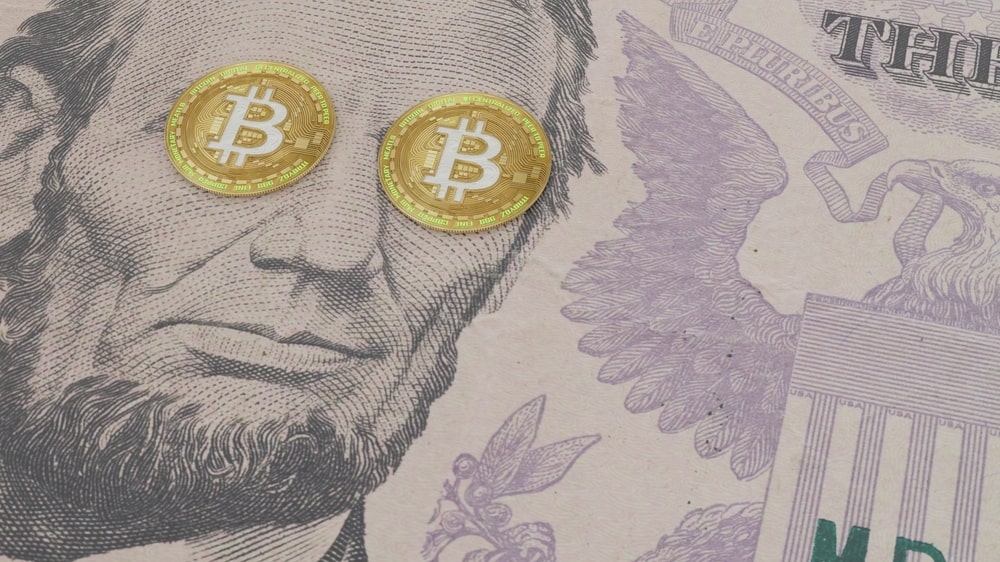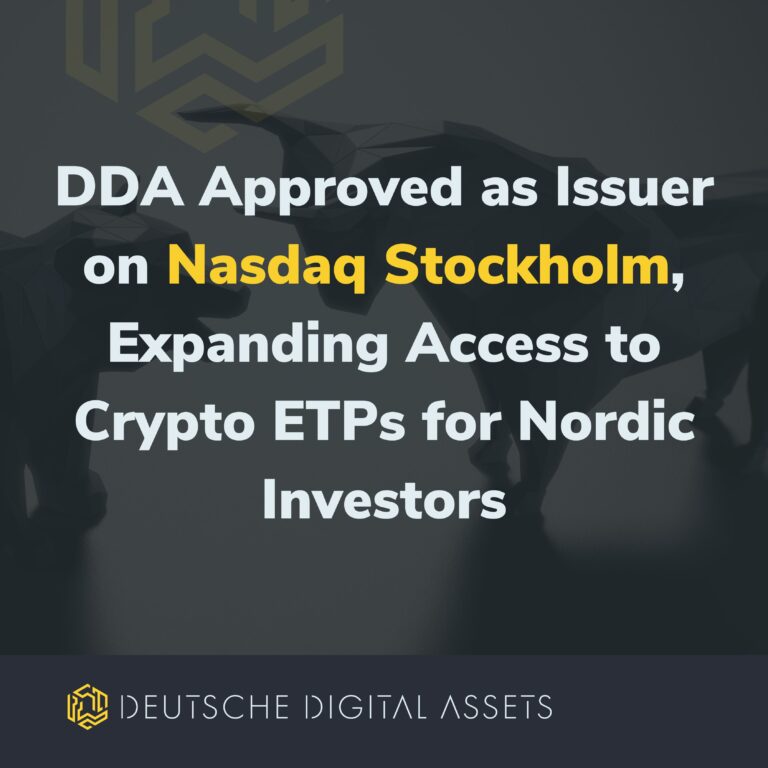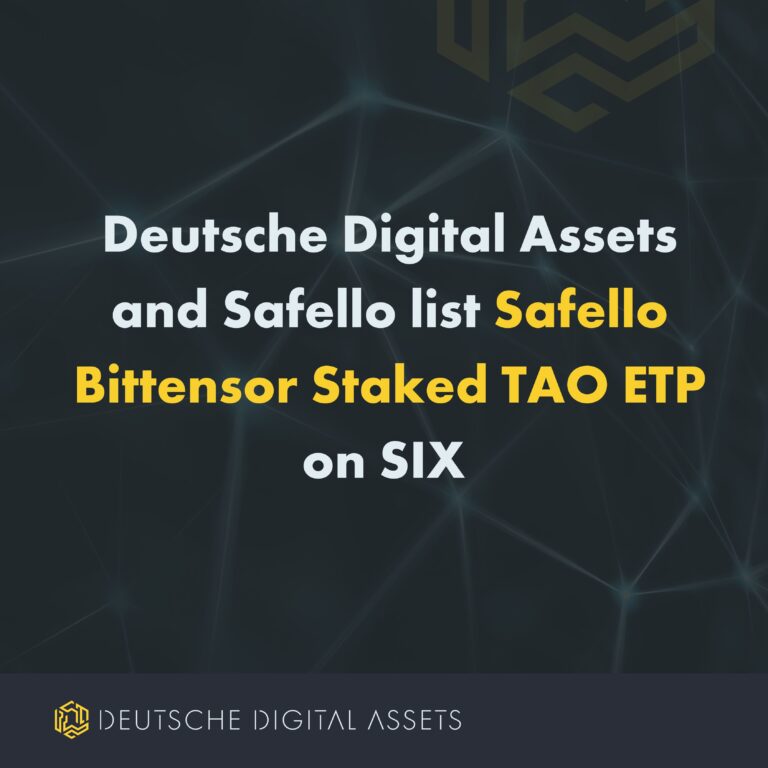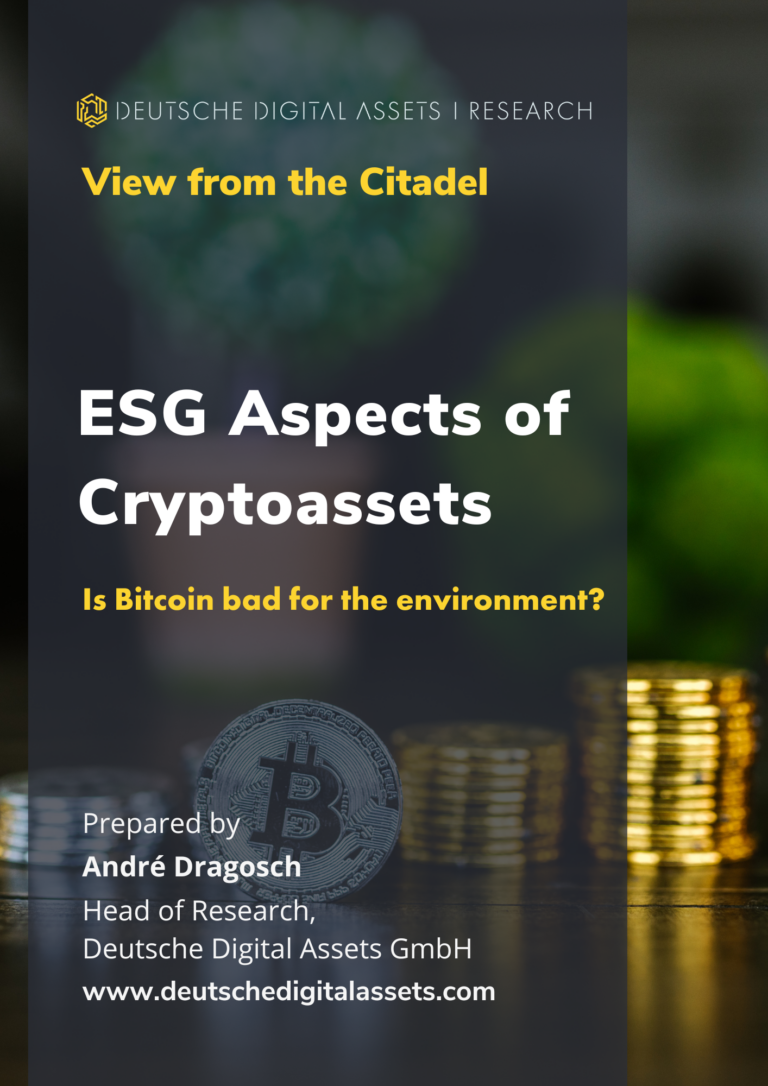What determines the value of Bitcoin? Discover in the following article a list of the most popular bitcoin valuation methods.

Bitcoin is the best-performing asset class of the last decade, posting an annualized 10-year return of 230%.
With that kind of performance, investors are keen to figure out what Bitcoin’s fair value should be and what valuation methods are hence most suitable for this new type of digital asset.
What Determines the Value of Bitcoin?
Understanding what determines the fundamental value of Bitcoin is a prerequisite when looking at valuation methods that aim to determine the cryptocurrency’s fair value.
Bitcoin is a unique asset that acts as a digital payment method, a remittance rail, a store of value, an investment asset, lending collateral, and more, which means traditional valuation methods don’t apply.
Why Bitcoin has a value
Before we look at the most popular Bitcoin valuation methods, let’s first discuss why bitcoin has value.
The factors that arguably drive Bitcoin’s value the most are the digital currency’s:
- limited supply;
- hard-coded monetary policy;
- censorship resistance;
- ability to process near-instant borderless payments;
- and its network effect.
Limited Supply
Bitcoin has a fixed supply of 21 million units of bitcoin. No one can print or mine more coins than that. Unlike fiat currency, where more money can be printed into the circulating supply with the push of a button at the central bank, Bitcoin has hence a fixed supply that has been met with increasing demand.
Hard-coded monetary policy
Bitcoin also has a monetary policy written in code that ensures that new coins are brought into circulation at a decreasing rate to reduce supply pressure over time, helping to push up the digital currency’s price thanks to growing demand.
Censorship resistance
Moreover, Bitcoin provides a censorship-resistant store of value that allows individuals to truly own their money. When someone holds Bitcoin in a personal wallet to which only they have the private keys, they are the only person who can then access the coins. As a result, no bank, regulatory authority, or government case easily freeze or seize funds held in Bitcoin.
While you may feel your money may be safe in your bank, the people of Cyprus may look at it differently after having experienced not being able to access their own funds during the 2013 banking crisis and subsequent depositor bail-ins.
Ability to process newar-instand borderless payments
Additionally, Bitcoin enables users to send and receive near-instant borderless payments at a minimal cost. For individuals relying on remittances to feed their families, for example, Bitcoin provides a much-needed remittance rail that doesn’t require a bank or payment processor.
Many people in El Salvador, where Bitcoin was made legal tender in September, are already receiving low-cost Bitcoin remittance over the Bitcoin Lightning Network that they can then easily convert into US dollars or spend at merchants and retailers using the country’s official Chivo Bitcoin wallet.
Network effect
Finally, Bitcoin has been able to benefit from the network effect, boosted by its first-mover advantage and brand recognition.
The network effect has helped countless tech startups turn into large corporations by ensuring that each new user benefits from more people using a platform or service. As more people use the Bitcoin network, Bitcoin becomes exponentially more valuable for each user.
Now that we have looked at what the rivers behind Bitcoin’s value are, let’s take a look at how analysts are attempting to determine Bitcoin’s fair value.
How to Value Bitcoin: 5 Valuations Methods Explained

Bitcoin has established itself as a popular alternative asset for all sorts of investors. As a result, investment analysts have come up with various valuation methods that aim to determine the value of Bitcoin.
Let’s explore some of the most commonly used Bitcoin valuation methods:
Network Value-to-Transactions (NVT) Ratio
The Network Value-to-Transactions Ratio compares the dollar value of Bitcoin transaction activity to its network value, measured using the digital currency’s market capitalization.
The NVT Ratio is similar to the Price to Earnings (P/E) ratio used to value traditional companies, though Bitcoin, of course, has no earnings.
The formula is NVT Ratio = Market Cap/Transaction Volumes.
Take the Bitcoin market capitalization and divide it by its most recent 24-hour trading volume to get the NVT Ratio. The NVT Ratio number can then be used to compare Bitcoin with other digital currencies, thus making the NVT ratio a relative valuation method for cryptocurrencies.
The NVT Ratio was developed by Willy Woo in 2017. He explained the thinking behind this valuation method in a Forbes article, reasoning that since Bitcoin is fundamentally a payments network, looking at the money flowing through the Bitcoin network could serve as a proxy to a company’s earnings.
A large NVT ratio for Bitcoin could indicate high speculation because the price is high compared to network activity. While this could signal a bubble, it could also imply that investors predict that the network’s utility will rise in the future.
Token Velocity
Token velocity is calculated as a function of transaction volume and average network value. Velocity can be measured over any time period but is often measured annually.
This valuation method is calculated by dividing the total transaction volume of Bitcoin by its average network value over the course of one year.
The formula is Token Velocity = Total Transaction Volume / Average Network Value
A high token velocity indicates that while a token’s exchange volume is high, the value of the underlying network may not be expanding at the same rate.
Token velocity enables investors to compare tokens – especially utility tokens – to gauge to what extent they are actually fulfilling a utility as opposed to only being traded on a speculative basis.
Daily Active Addresses (DAA)
Daily active addresses are used to estimate the number of users conducting transactions on a blockchain network on a daily basis. It’s the equivalent of daily active users.
A high number of daily active addresses indicates that the network has a high number of active users. An increasing DDA figure over time suggests that a blockchain network is starting to benefit from the network effect.
DDA also complements Metcalfe’s law and the Network Value-to-Transactions (NVT) ratio in detecting new and continuing trends.
Metcalf’s Law
Metcalfe’s law, which originally intended to measure communication networks, is another prominent valuation tool for crypto assets. The law says that the worth of a network system is equivalent to the square of the number of the network’s nodes or end-users.
Daily Active Address (DAA) is the number of connected users of the network per day and market capitalization as the network value to compute the Metcalfe’s Ratio (MET).
So the formula is MET Ratio = Market Cap/Total Assets (Daily Active Address)²
Metcalfe’s law is a great way to look at how a network is growing in relation to its daily users.
Store of Value (SoV)
The Store of Value (SoV) thesis suggests that a digital asset’s value depends on its ability to act as a store of monetary value for its investors. The better a digital asset acts as a store of value, the more valuable it will become in the future.
With Store of Value (SoV) in mind, a way to value Bitcoin would be to determine how much it would be worth if it were to reach the level of gold as a store of value.
The total market value of gold is currently around $11.5 trillion. Assuming that Bitcoin reaches the same level of gold as a store of value and its total network value reaches $11 trillion, you could estimate the price of Bitcoin by dividing $11 trillion by 21 million BTC, which would equate to a Bitcoin price of around $548,000.
Bitcoin valuation methods can help investors compare different digital assets and make a bit more sense of crypto as an asset class. As the institutionalization of crypto continues, we can expect to see more valuation methods emerge.
To invest in Bitcoin in a secure and regulatory compliant manner, you could hence buy shares in the Iconic Funds Physical Bitcoin ETP (XBTI), a 100% collateralized exchange-traded product that tracks the price of Bitcoin. Ready to get XBTI? Get started here!
About Iconic Funds
Our mission is driving the adoption of crypto assets. As the bridge for investors to gain exposure to Crypto Assets, Iconic Funds’s licensed and regulated vehicles offer investors a menu of investment choices ranging from passive index exposure to actively-managed strategies. We are removing the technical risks of crypto investing by offering investors trusted and familiar means to invest in crypto at industry-leading low costs.
The marriage of state-of-the-art technology, innovative investment products, and uncompromising professionalism places Iconic at the vanguard of crypto asset management.
Recent Research Reports
- Cryptocurrencies and the Sharpe Ratio of Traditional Investment Models ➡ Download here
- Analyzing the Primary Value Drivers of Leading Cryptocurrencies ➡ Download here
- How Effective are Common Investment Strategies with Bitcoin? ➡ Download here
- Investigating the Myth of Zero Correlation Between Crypto Currencies and Market Indices ➡ Download here
For further information, please visit deutschedastg
Important Notices
This article represents solely a non-binding preliminary information which serves exclusively advertising purposes and is not a prospectus in the sense of the Regulation (EU) 2017/1129 – Prospectus Regulation) and the German Securities Prospectus Act (Wertpapierprospektgesetz – WpPG).
This notice does not constitute an offer to sell securities, nor is it a solicitation or an offer to buy securities in any jurisdiction in which such offer or solicitation is unlawful. This notice does not constitute an offer of securities for sale in the United States and the securities referred to in this notice may not be offered or sold in the United States absent registration or an exemption from registration.
This article may contain forward-looking information within the meaning of applicable securities legislation, including with respect to the expected offering size, the terms of the Notes including the anticipating timing for the pricing and settlement date and the listing of the Notes on the regulated market of the Frankfurt Stock Exchange.
Forward looking information is based on a number of assumptions and is subject to a number of risks and uncertainties, many of which are beyond Iconic Fund’s control that could cause actual results to differ materially from those that are disclosed in or implied by such forward-looking information. These risks and uncertainties include, but are not limited to, capital markets conditions and the ability to successfully market the Notes, global and local economic and business conditions.
All forward-looking information in this notice speaks as of the date of this notice. Iconic Funds does not undertake to update any such forward-looking information whether as a result of new information, future events or otherwise except as required by law. Additional information about these assumptions and risks and uncertainties is contained in Iconic Fund’s filings with securities regulators, including its latest annual information form and MD&A. These filings are also available at Iconic Fund’s website at https://deutschedastg.
The price performance of cryptocurrencies is highly volatile and unpredictable and past price performance is no guarantee of future price performance.
The approval of the Prospectus should not be construed as an endorsement of the securities offered or admitted to trading on a Regulated Market. Prospective investors should read the Prospectus before making any investment decision in order to fully understand the potential risks and rewards of deciding to invest in the securities.
The prospectus is available at https://deutschedigitalassets.com/xbti-iconic-funds-physical-bitcoin-etp/
















